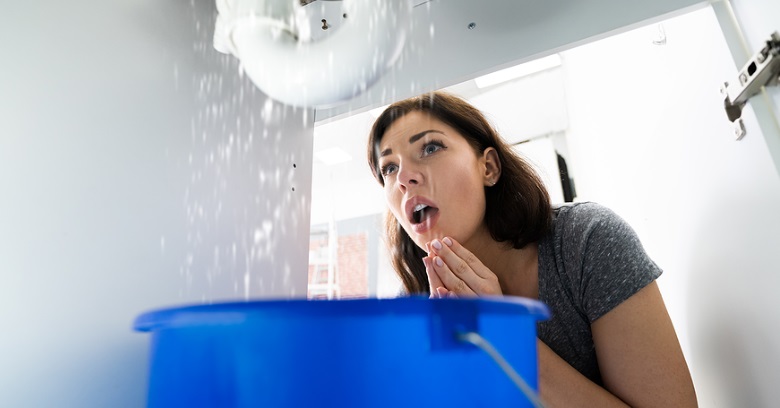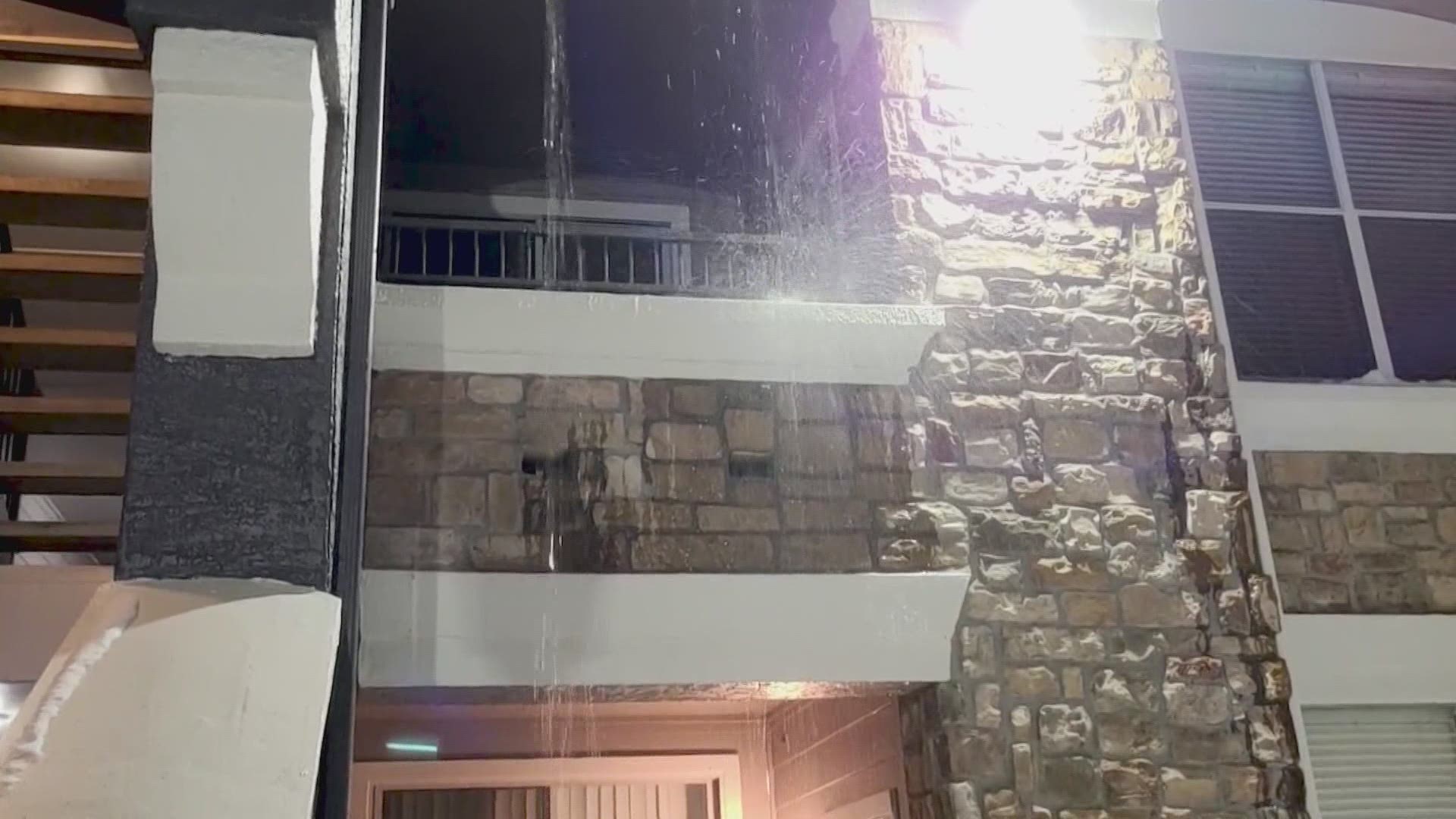On this page down the page you will find a lot of decent information and facts involving How to Prepare for Your Dishwasher Installation.

A burst pipeline is a major emergency; you can just stand as you watch water you pay a lot to reunite with the planet. In even worse situations, you notice a pool on your kitchen area flooring, which is a terrific journey risk, specifically if you have children around. If the pipeline that burst remained in your wall surfaces, bad news: you may need to paint that entire section.
Just how can a disaster like a ruptured pipe be stopped and also handled? Well, by paying attention to your expert emergency plumbing professionals and complying with these rules.
Exactly how do I recognize when my pipelines have burst?
Fluctuating water pressures
Pipes do not simply burst in a day. You may have observed that your cooking area tap or shower doesn't run quickly when you transform the tap. It may stop briefly for a few seconds and then blast you with even more pressure than normal.
In various other circumstances, the water might seem typical in the beginning, then drop in pressure after a couple of seconds.
Damp walls as well as water stains
Before a pipe bursts, it will certainly leakage, the majority of times. If this consistent dripping goes undetected, the leakage might finish right into a wide laceration in your pipeline. One easy method to prevent this emergency is to look out for wet wall surfaces advertisement water stains. These water discolorations will lead you right to the leakage.
Puddles under pipes as well as sinks
When a pipe ruptureds, the discharge develops a pool. It may appear that the pool is growing in size, as well as despite how many times you mop the puddle, in a few mins, there's an additional one waiting to be cleaned. Commonly, you may not be able to map the pool to any kind of noticeable pipelines. This is an indicator to call a specialist plumber.
Untraceable dripping noises
Pipe ruptureds can happen in one of the most unpleasant locations, like within concrete, inside walls, or under sinks. When your home goes quiet, you might be able to hear an annoyingly relentless trickling sound. Even after you've checked your shower head and kitchen faucet, the leaking may continue.
Dear reader, the trickling might be coming from a pipe inside your walls. There isn't much you can do about that, except tell an expert plumber.
Shut off the Water
When water freezes, it expands in volume by about 9 percent. And it increases with significant pressure: The stress inside pipes may go from 40 extra pounds per square inch to 40,000 psi! No pipe can hold that much stress, so it bursts. The break may take place where the ice kinds, yet more frequently, it happens where water pressure locates a vulnerable point in the pipe. That might be inches and even feet from the icy location. Discover the water shutoff valve and also shut off the water to prevent more damages. You may also require to shut down the power also, relying on where the leaks takes place as well as how large it is.
Polluted water
Many people think a burst pipeline is a one-way outlet. Fairly the contrary. As water spurts of the hole or laceration in your plumbing system, contaminants locate their way in.
Your water might be contaminated from the resource, so if you can, inspect if your water storage tank has any troubles. However, if your alcohol consumption water is provided and also cleansed by the local government, you must call your plumber right away if you see or scent anything amusing in your water.
What do I do when I find a burst pipeline?
Your water meter will continue to run also while your water wastes. To minimize your losses, locate the primary controls and transform the supply off. The water mains are an above-ground structure at the edge of your home.
How to Fix & Detect a Leaking Pipe
How Do I Know if a Pipe is Leaking?
Leak detection tests can help you determine if your pipe has a leak. Even if you don’t see an apparent leak, you should still conduct leak detection tests regularly to save water and money—and prevent major damage to your home.
Water meter. It can be helpful to figure out what your usual water meter usage numbers are and then monitor them regularly. To monitor your meter, first, turn off all water faucets in your home. Check the meter and write down the numbers. In a few hours, check the meter again. If the numbers have changed, you have a leak. Water gauge. Use a water gauge to test your water pressure. Your showerhead should produce a certain amount of water pressure based on its model and design. If the pressure is lower than it is supposed to be for that specific showerhead, your home likely has a leak. Puddles. Look inside your bathroom, laundry, and kitchen sink cabinets. Puddles around the cabinets or around toilets, tubs, showers, and washing machines indicate the presence of a leaking pipe. You may also notice loose tiles, peeling or flaking paint, or mold caused by water accumulation. Napkin test. Even if you don’t see any puddles, you may still have a leak. You can test for water leaks in the bathroom, laundry, and kitchen by wiping below-sink connections with a napkin, paper towel, or piece of toilet paper. If it becomes damp, you probably have a leaking pipe under the sink. Discolored walls. Walls that are discolored—usually with brown or yellow stains—or bulging might mean that they have been impacted by water damage caused by a leaking pipe. Smell. A leaky pipe will create sitting water, and over time, that water may develop a musty smell. If your home smells musty, but you can’t locate the source, it may be due to a leak. Steps for Fixing a Leaking Pipe
A leaky drain can be remedied by tightening the pipe base, replacing the drain seal, caulking the rim, and tightening the pipe nut. Similarly, a leaking toilet pipe can be treated by tightening the packing nut. You may also need to replace the valve. A leaky faucet may just need tightening or replacement of the washers. If that doesn’t work, consider replacing your faucet. If your pipe has a hole in it, you may want to use a pipe leak sealer or pipe leak tape. This quick fix for water pipe leaks can also temporarily fix a copper pipe leak. https://www.ahs.com/home-matters/quick-tips/how-to-tell-if-pipes-are-leaking/

We were made aware of that editorial on How to Install and Connect a New Dishwasher through a friend on our other web property. Liked our post? Please share it. Help others find it. Thank you so much for your time invested reading it.
Need fast action?